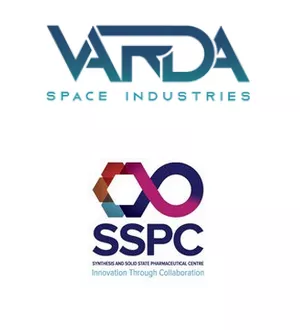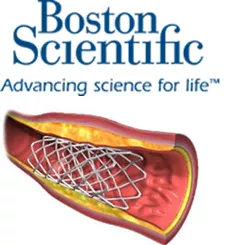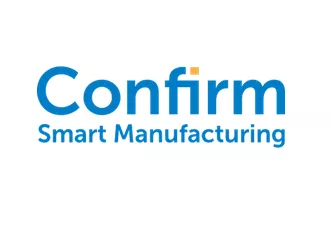Varda (MACSI/SSPC)
Partners: Varda Space Industries are a space research company seeking to revolutionize the world of pharmaceuticals by manufacturing drugs on satellites, SSPC is the SFI Research Centre for Pharmaceuticals, hosted by University of Limerick, and is the hub of Irish research excellence addressing key challenges in the pharmaceutical and biopharmaceutical industries.
Context: During manufacture, drug molecules can crystallize into different shapes, known as polymorphs, which have different properties. For example, one polymorph may behave in a way that makes it medically favourable. Previous studies suggest that increasing gravity may alter the ratio of polymorphs obtained during crystallization. Now, Varda aim to control the ratio of polymorphs using microgravity, by porting crystallization systems onto satellites.
Project: This project is using mathematical modelling to understand the role of hydrodynamics, and hence microgravity, in polymorphism in crystallization. We are developing a framework to describe the dynamics of nucleation, crystal growth and phase transformation in Varda's systems.
People: Dr Milton Assuncao, Prof. Michael Vynnycky, Dr Doireann O'Kiely, Dr Kevin Moroney

Medtronic (MACSI/Confirm)
Supported by Confirm Centre for Smart Manufacturing and Medtronic as our industry partner, MACSI PIs led by Prof. Norma Bargary will recruit two postdoctoral researchers to develop and implement statistical and machine learning models for machine and MES data collected by the company. The successful candidates will be embedded within the MACSI and Confirm research groups at the University of Limerick and will work closely with the industry partner to provide actionable advice from the data collected.
During this project the team will develop and implement statistical and machine learning models and algorithms to analyse and optimise manufacturing machine performance, availability and quality, to meet the project objectives of the Confirm Centre for Smart Manufacturing Targeted Work Project "MES and Machine Data Analysis”.

Vistakon
Problem: Hydration process is the rate limiting step in the current production line of contact lenses manufacturing
MACSI Contribution:
- Modelling of contact lens manufacturing process called hydration
- Modelling of equipment to fit in new production rig
Outcome: Increased efficiency and improved design of production lines

Boston Scientific
Problem: Hole formation during manufacturing renders stents unusable
MACSI Contribution:
- Developed two models to account for the formation of holes
Outcome: Both models suggested that an increase in curing temperature will accelerate the monomer polymerization, while only slightly accelerating solvent evaporation, thereby reducing the likelihood of hole formation.

Pharmaceutical
X company
Problem: Variability in dose delivered by new design of dry-powder inhaler
MACSI Contribution:
- Mathematical model of new design of dry-powder inhaler
- Understanding of particle-wall interactions within device
Minimising variability in drug delivery
Outcome: Improved understanding of process, now in compliance with device specifications

Multiple companies
Ongoing Problem: Uncertainty in the end point of primary drying in a freeze-drying process
MACSI and PMTC Contribution:
- Development of a mathematical model for the precise determination of the end point of primary drying use data from several pharmaceutical companies.
Expected Outcome: Quantitative criterion for the end of primary drying based on non-invasive measurements made in the freeze drier. Optimization of the lyophilisation process
Semi-conductor Industry
Analog Devices
Problem: Reduce the need for costly experiments on polysilicon fuse components
MACSI contribution:
- Developed a multiphysics compartment model describing electronic, thermodynamic and fluid mechanical phenomena.
Outcome: The model generated quantitatively accurate results, therebyreducing the amount of experiments required

Inkjet printing
Problem: The need to optimize the design of innovative inkjet printing technology
MACSI contribution:
- Developed a reduced fluid-structure interaction model, and implemented in Ansys simulation package
- Using the simulation tool an optimization algorithm for finding design parameters was developed
Outcome: An efficient algorithm for accurately targeting the region of design space for innovative new products, at a fraction of the computational cost of previous approaches.
